Whilst King Charles I was a Protestant and not a Catholic, nevertheless his reign and death are of great significance to the constitutional history of Britain and to Catholic monarchists and Jacobites.
The unnatural rebellion against the King was orchestrated by a parcel of Puritan revolutionaries who, taking the revolutionary spirit of the Protestant Reformation to the next stage, staged a political revolution in England that was to have reverberations throughout history and throughout the Common Law world.
From this devilish rebellion came the inspiration for later, and bloodier revolutions, such as the American, the French, the Russian, the Irish and many another.
The best work on the subject is that of Hilaire Belloc entitled Charles I.
He shows how the monarchy was financially squeezed by the massive inflation that was created by the English Protestant Reformation of King Henry VIII - 300% running inflation year after year.
The traditional revenues of the Crown, such as Ship Money and Poundage and Tunnage, were so tightly squeezed that the King did not have enough to run the state, let alone defend the state.
The Puritan peers, MPs, lawyers and the new men, enriched from the plunder of the monasteries, saw their chance and seized, squeezing the King tighter and tighter so as to demand more and more concessions against the Church of England, the Crown and the Royal prerogative.
The King sought to govern for the whole people and not just for the rich new men.
The Parliamentary Puritans sought to govern for their own benefit and the benefit of the rich, all the time disguising their rapacity as religious Reformation.
This is made crystal clear by the Protestant Anglican author and MP, William Cobbett, in his famous book The Protestant Reformation in England and Ireland in which he flays utterly the rapacious rich new men who profited from the spoliation of the monasteries and ground the face of the poor so utterly as to create a whole new class of paupers, the like of which had never befopre been seen in Merrie England of old when Englishmen were all Catholic.
Eventually, like all revolutions, one brood of rebels began to declare war on others and to swallow them up so that a strong man was soon to emerge and so provide the model for future Fascist dictators.
Oliver Cromwell: the traitorous king-murderer and bloody dictator of the English republic
This man was Oliver Cromwell, descendant of the same Thomas Cromwell who had orchestrated the dissolution of the monasteries and the utter pauperisation of the working men of England.
The new rich, rapacious as ever, began a land grab by stealing the common land from the peasantry of England in a process called "Enclosure".
This, on top of the spoliation of the monasteries, helped them to become immensely rich.
But it caused them to fall out with the next rung of the social ladder - the Puritan country squires and townsmen who had not managed to get their snouts into the trough quickly enough.
These men then organised the revolution that was the English Civil War and perpetrated the most unnatural outrage of executing the King - an action without any legal basis whatsoever and an act of the basest treason.
Thereafter the Revolution began to devour its own. Soon the rebels began to rebel against the richer and nobler of the Protestant Ascendancy. Below them, in turn, other species of rebels like the Levellers began to rebel against the Cromwellites.
Cromwell rode roughly over them and over the very parliamentary rights that he claimed to be fighting for.
He was, like all revolutionaries, a gross hypocrite.
Nevertheless, supposedly Catholic historian Lady Antonia Fraser (now Pinter, since her divorce) calls him "Our Chief of Men" - chief of traitors, more like.
King Charles I was a convinced Anglican and so erred himself but this did not excuse the far worse errors and crimes of the Puritan rebels.
He died a martyr for the Christian Constitution of states and as such his martyrdom remains significant to this day.
So rightly said Michael Hodgman QC in an address to Australians for Constitutional Monarchy the groupd campaigning to preserve and protect Constitutional monarchy in Australia where it has worked to remarkably well.
His speech can be read here:
http://www.norepublic.com.au/index.php?option=com_content&task=view&id=693&Itemid=24
....
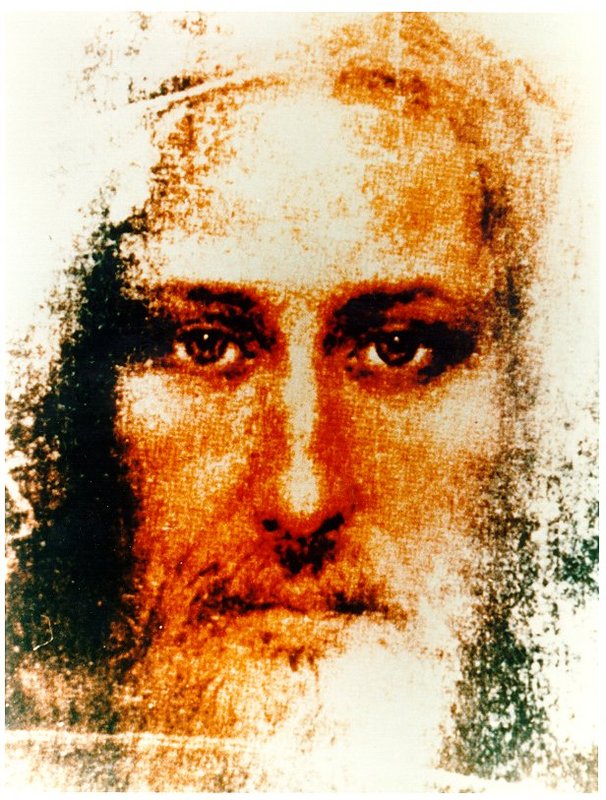



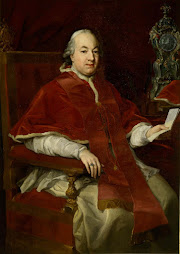

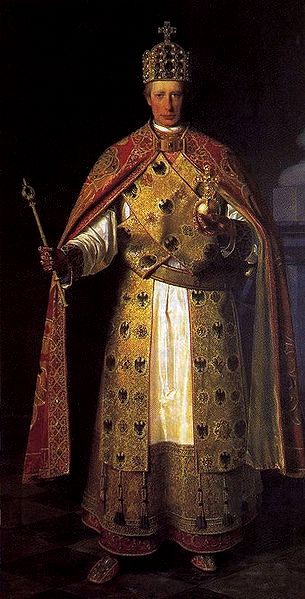




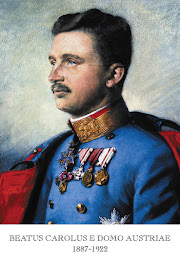

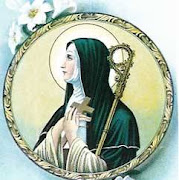


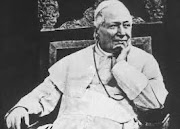
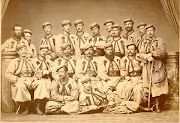
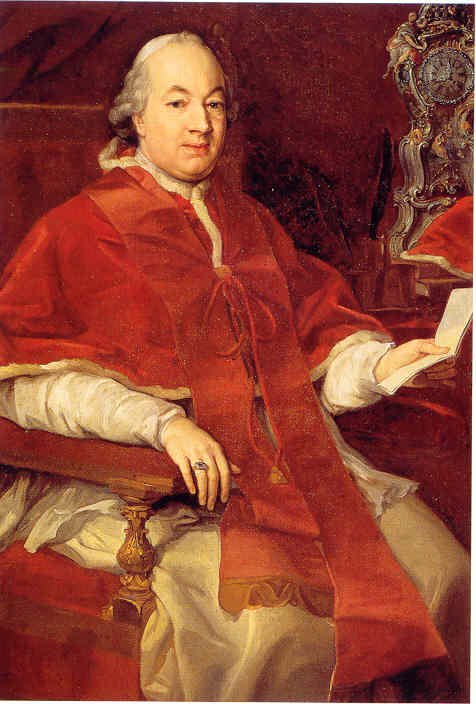




_-002.jpg/220px-Circle_of_Anton_Raphael_Mengs,_Henry_Benedict_Maria_Clement_Stuart,_Cardinal_York_(ca_1750)_-002.jpg)

